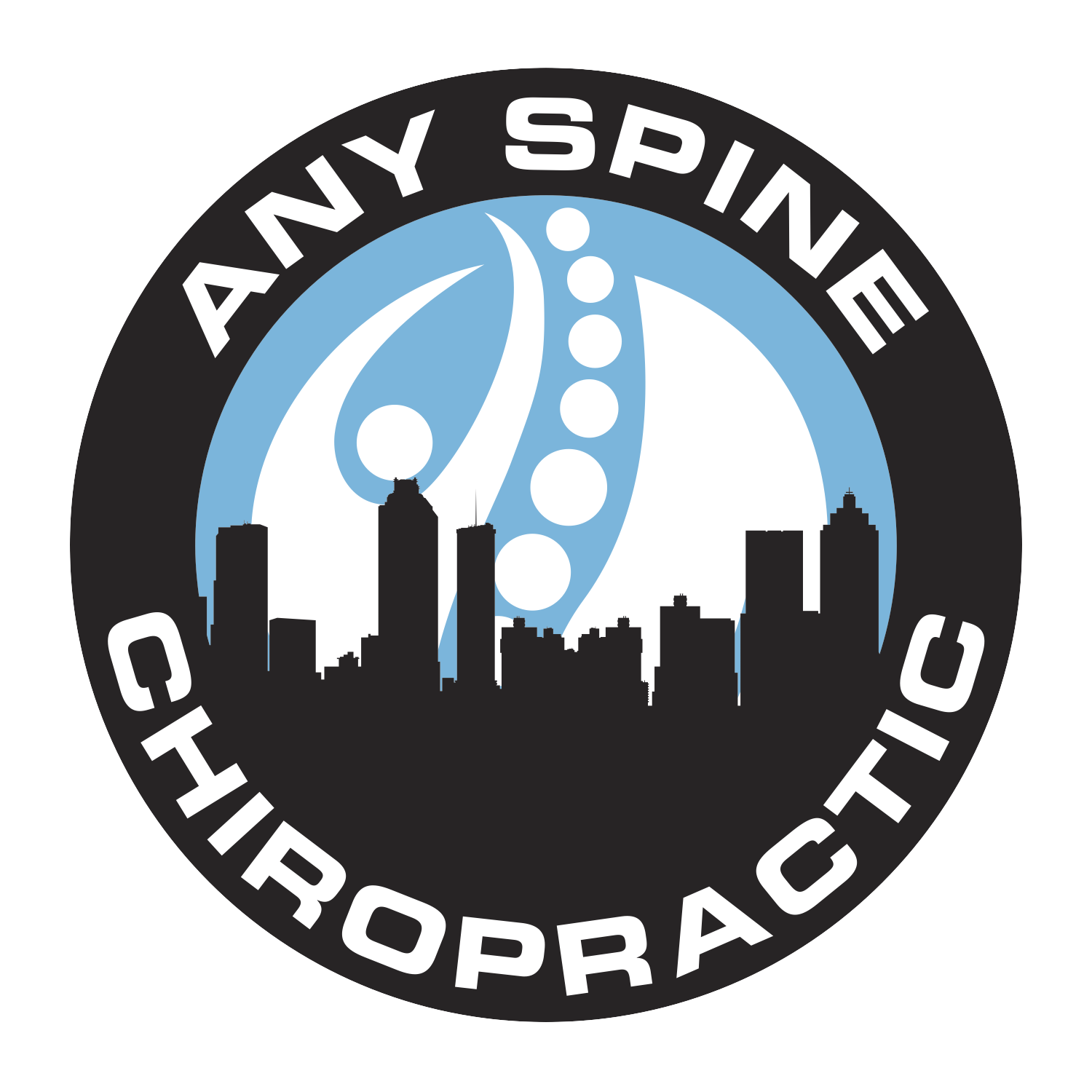Shoulder Mobility for Atlanta Athletes
How are those shoulders feeling after your workout? Are they feeling sore, tight, or even painful? Do you feel like you don’t have full range of motion? If you answered yes to any of these descriptions, then are you in urgent need of shoulder mobility work.
If you do not take care of your shoulders after each workout, they are going to break down because of cascading failures. This means you will have to put your account on hold because you will be injured. Don’t let that happen to you. We see so many new patients at our Inman Park chiropractic office that were athletes who did not work on shoulder mobility– and tried to muscle through a workout just to end up injured and having to drop out of classes.
Check out these six simple exercises to fix your shoulder pain and restore movement so you can continue working out and doing what you love. If any exercise causes pain, stop immediately. There will be some discomfort with the mobility work; however, pain means stop, and call our office so we can examine you and see what structures are injured so we can help you in your recovery.
1) Thoracic Spine Extensions
The thoracic spine is so important when it comes to shoulder mobility. If the thoracic spine/mid back is not moving correctly, then your shoulder blades will not be able to perform the correct movements for whatever activity you are trying to do. Without proper shoulder blade movement, the arm will not be able to track correctly, and this is going to lead to tight shoulders, impingement syndrome, along with many other unpleasant conditions.
To get your mid back moving correctly, perform this exercise two to three times per day. This exercise is also great for anyone who is always in a forward flexed position, including people working at a computer, driving, texting, or any other work that involves you hunched over looking downward.
2) Latissimus Release
Since the Lat attaches to the arm and incorporates most of your lower back this is a significant muscle to pay attention to. With a restriction of this muscle, you will have limited movement overhead with your arms. This means that you will be compensating with other areas your body leading to cascading failures causing you to get injured very quickly. Try to do this stretch after a proper warm-up or after your workout.
3) Biceps Release
The biceps muscle has two heads–therefore, the name bi-ceps. This also means it has two different routes of hindering your shoulder movements. This muscle being restricted can cause issues with straightening out your arm completely or rounding the shoulders forward– making it harder to get your arms up over your head. If the shoulders are rounded forward, you will start to use the movement of your lower back to get your arms overhead. This will quickly injure your body. Hold this stretch for 30 seconds to one minute. Make sure to do both sides.
4) Pec Minor Release
Pec Minor is a very overlooked muscle. Most people don’t even know that it exists. When this muscle had adhesions, it will round the shoulders forward so much so that you will not be able to get your arms up over your head. This condition is widespread in the United States because everything we do is in such a forward flexed position and rarely do we ever get into extension. This muscle being tight can also cause Thoracic Outlet Syndrome, which causing your hand and arm to go numb. Not good.
5) Pec Major Release
The next muscle is Pec Major. This is a big muscle both in size and problems that I can cause. Since most everything we do is in a flexed forward position, the pecs get tight. Then when working out, we tend to focus on the pecs a lot because they are a good show off muscle. With the extra tone and the tightness from everyday activities, this muscle tends to shorten and round the shoulders forward. This puts extra strain on the midback and neck and can easily cause shoulder impingement symptoms not too far down the road. Make sure you stretch pec major every day and especially after a big chest day.
6) Full Body Hang
The full body hang is a great way to activate and stretch out the different fascial lines of the body. Only when the arms extended straight over the head or are certain lines complete. With the arm by the side, some fascial lines are ‘broken’ so any work done on them is not as effective as it would be if the arm was overhead and the line engaged.
Try to accumulate 4 to 7 minutes of hang time every single day. This is cumulative throughout the day– it does not have to be done in one session. Try to get a bar or rings that are high enough that you can fully extend. However, if the bar is too low, just put your toes on the ground without any weight added to them, do not try to keep your feet lifted off the ground. When in the full hang position, add a slight abdominal crunch to help put the spine in a neutral position.
If you are having pain and discomfort in your shoulders or any other area of the body that is unresponsive to self-care, please schedule an appointment online so we can do a full examination of the body and see where you may be having structural shifts that are causing compensation in your movement patterns.
Do you have a friend that could use the information you just learned? Great share this post with them so that they can be better equipped to do some self-care. They will thank you for it.



